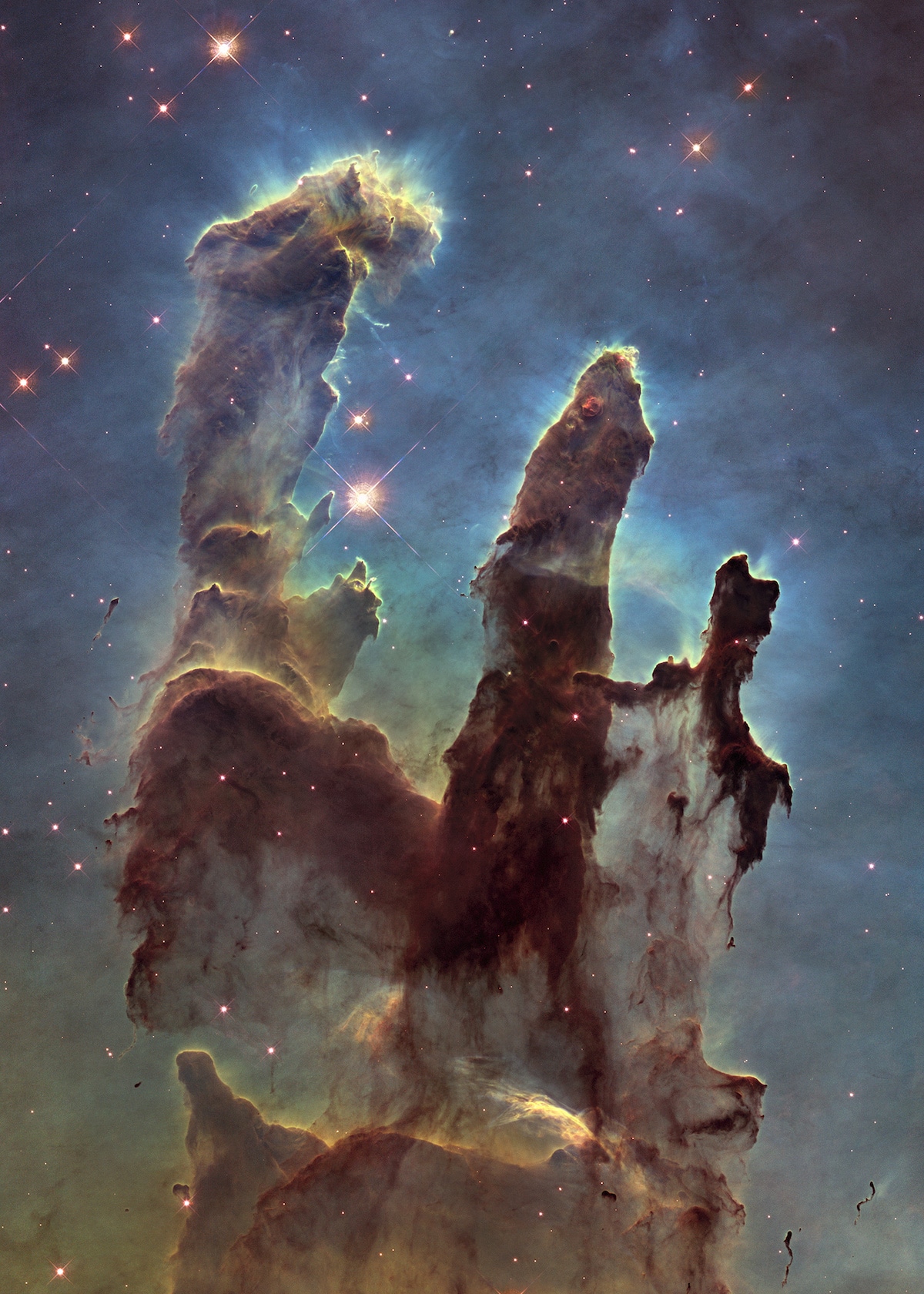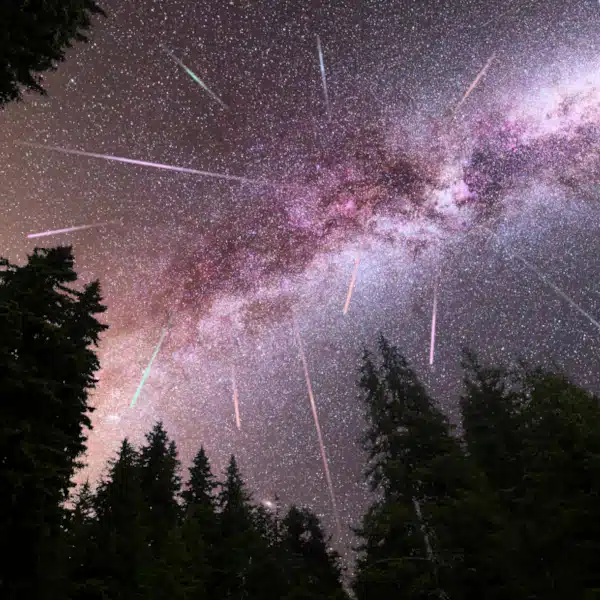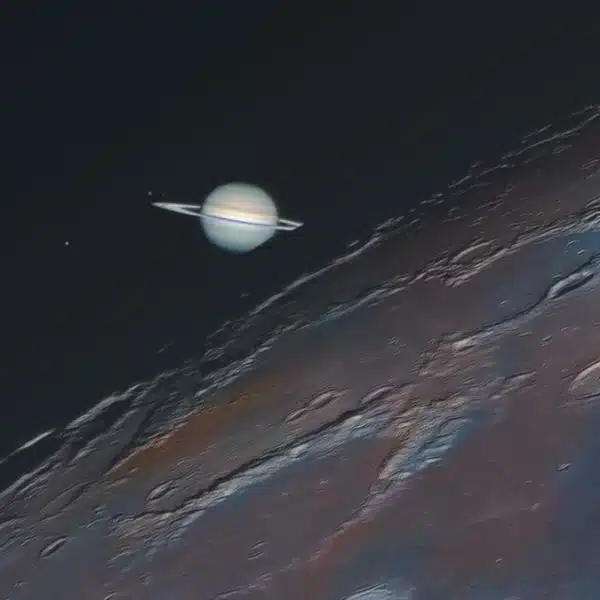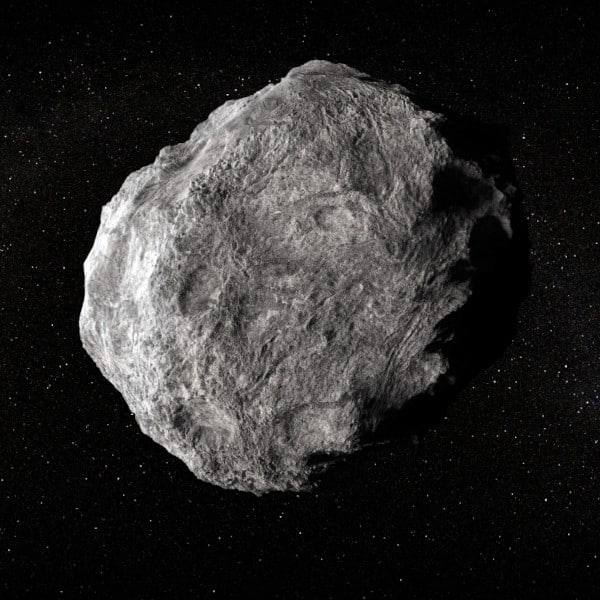
Pillars of Creation photographed with near-infrared light. (Photo: NASA, ESA, and the Hubble Heritage Team (STScI/AURA))
Since it was first launched into space in 1990, the Hubble Space Telescope has taken some remarkable images of outer space. But perhaps no single photo has garnered as much acclaim as the Hubble Telescope's 1995 photo of the Pillars of Creation. Now, NASA has once again highlighted this magnificent structure by making a near-infrared photograph of the gas columns its image of the day.
Nearly twenty years later, in 2014, the Hubble Telescope revisited the site with its upgraded camera and came back with even more spectacular imagery. In particular, the recent photograph that NASA highlighted gives a new view of these mysterious elephant trunks. By photographing the Pillars of Creation in near-infrared light, the Hubble Telescope allows us to see the clouds of gas and peek at what's happening inside.
So what are these mysterious structures? Located within the Eagle Nebula, the long finger-like structures are named the Pillars of Creation because they are where new stars are born. Made from cool interstellar hydrogen gas and dust, the 5-light-year-tall pillars are located within the Serpens constellation. The original 1995 photograph shows the pillars in their eerier glory, with the cloudy matter making it impossible to see what was happening inside.
The solid clouds become nearly invisible as the near-infrared light penetrates the dust and gas. It's even possible to see some of the new stars embedded into the tops of the pillars. Each column is haloed by a bluish haze that NASA describes as “intense ultraviolet radiation from a cluster of young, massive stars and evaporating away into space.” In the photograph we also see a fragment of gas over the left-hand column breaking off and flying away, which only reinforces the violent nature the star-incubating region.
By bringing the photograph to the public's attention, NASA is once again reminding us of the glories of outer space and the incredible technology that allows us to explore these far off destinations.
This 2014 visible light photo of the Pillars of Creation is an enhanced look at this star-forming region located 6,500 light-years from Earth.

Photo: NASA, ESA, and the Hubble Heritage Team (STScI/AURA)
The original Pillars of Creation photo taken in 1995 is one of the Hubble Telescope's most famous images.

Photo: NASA, ESA, STScI, J. Hester and P. Scowen (Arizona State University)






















































































